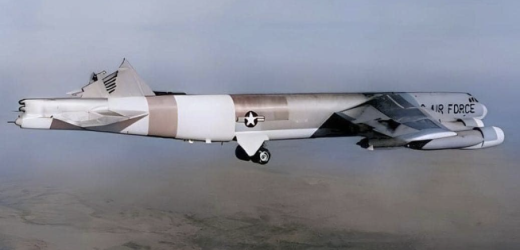While you are there AV, have you had any SIMs lately ?
A couple of months ago, I had my first evidence based training sim. This has replaced our cyclic program (but it's still every 6 months). JQ and QF have been running these types of sims for years already and we have only now just caught up.
The big difference here is not to get a bunch of unrelated failures in a single sim session. Rather it's designed to be like a normal line flight with typical threats one might encounter in a single flight. The outcome is more of a competency based approach, where you can take as many goes as you need to get it right and still pass the sim.
I found it to be much more effective and really emphasises the training in the sim rather than just being the strict "this is a check and I'm not allowed to help" mentality from the check captains.
The other difference is that we kind of knew what was coming in the sim session. Now, the check captain has a list of about 7 -10 different scenarios and then at each point, will have another 5 or so different kind of event/threat/failure so give to the crew, so we have no idea what is coming (just like in the real world).
My sim started off at ROK for BNE at night. The scenario was that we had just come off an overnight and were taking over the aircraft from an inbound crew. So full checks were required. I noticed an issue with the cargo fire test and notified the captain who got the engineer to invoke the MEL so we could depart. The operational restriction was that no animals could be carried. So we needed to make sure it was reflected on the loadsheet. Of course when it arrived we not a notification that there was a dog in there. So we got that sorted out.
Normal start and taxi out. We had been given a SID when we requested clearance earlier but now the tower (checkie) told us that we needed to depart on a particular radial instead of the SID due to inbound traffic. So we sorted the aircraft out for that, re briefed and were ready for take off.
It was my leg, so I departed out on the radial and levelled off. Once the flaps were up we got a TCAS RA to descend with the conflicting traffic. Once clear, we started climbing away and cleared up to our cruising level of FL350. At about FL200 we got an airconditioning pack master caution light illuminate. I slowed my rate of climb right down and dealt with the issue. We found it was just the primary sensor and it was now working on the standby, so we continued climbing.
As we got closer to BNE we got asked to hold at SMOKA and due to an emergency at the airport, it was currently closed. We held for about 20mins (all in real time) before asking for an updated landing time so we could look at other alternates. We got told that there was no idea of when the airport would reopen.
We had enough fuel to get to MCY and so initiated a diversion there. Once we were on the way, the sim stopped and that was the end of the exercise.
The sim was then followed up with a bunch of V1 cuts (engine failures at take off) and a couple of engine out approaches and landing followed by a couple of box ticking exercises like unusual attitudes and circuits.
I've actually got upper air recovery training penciled in for next month in the MAX sim. This is basically aerobatics and recovering safely without breaking up the aircraft. A really good hands on sim and one of my favourites.































